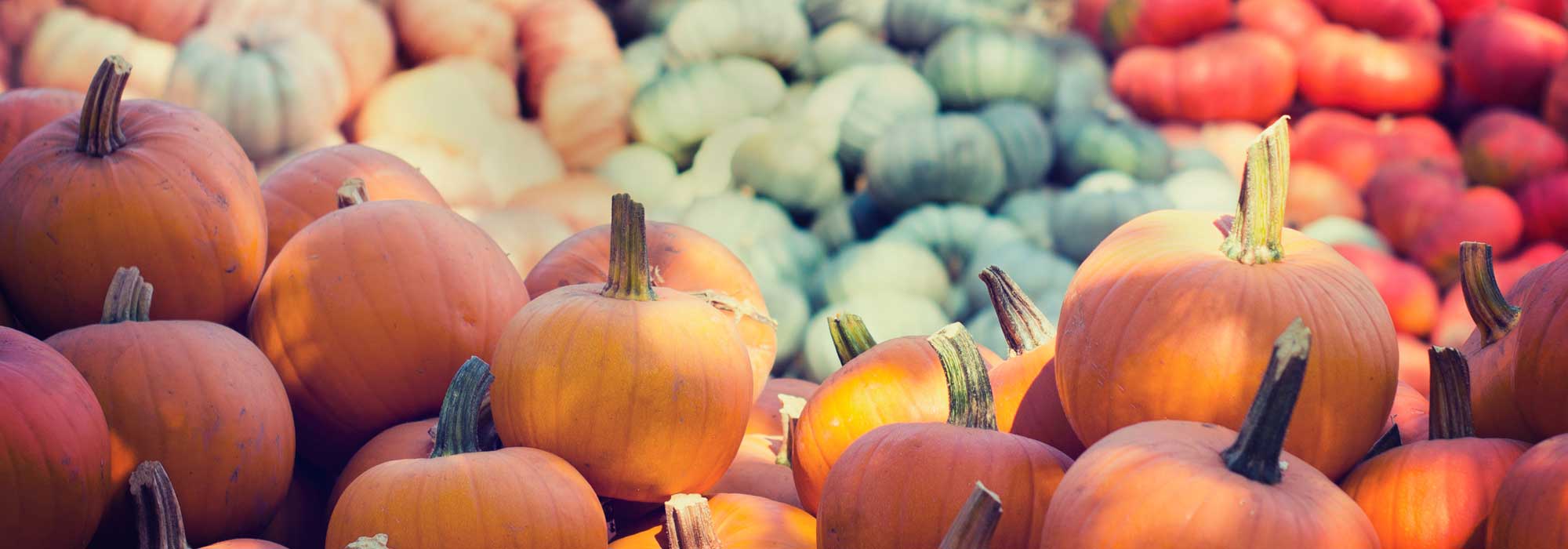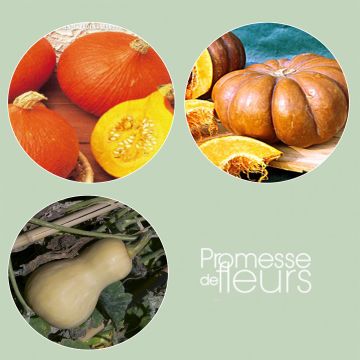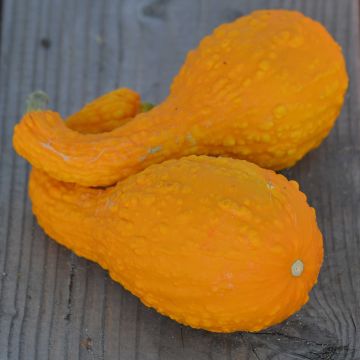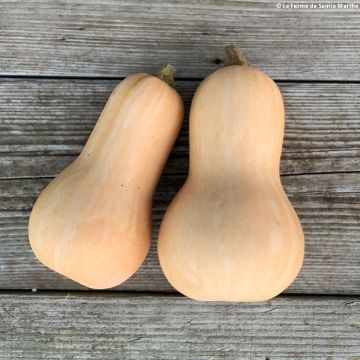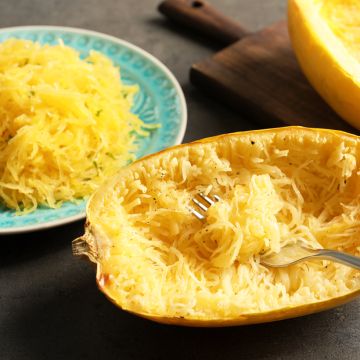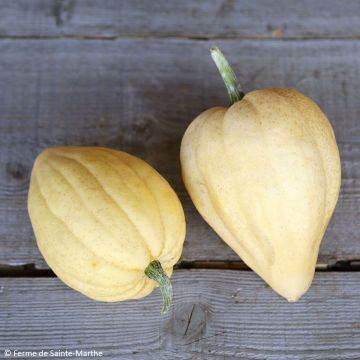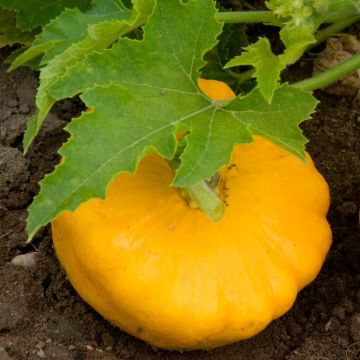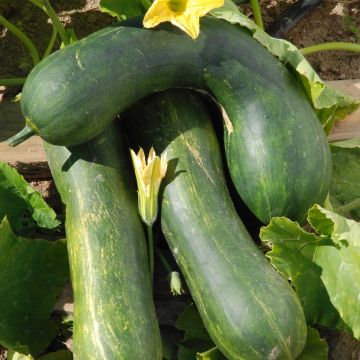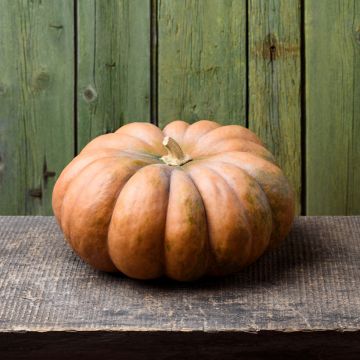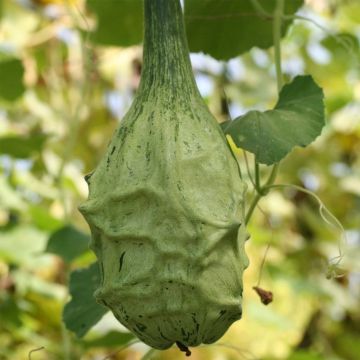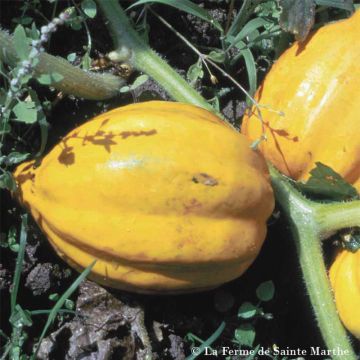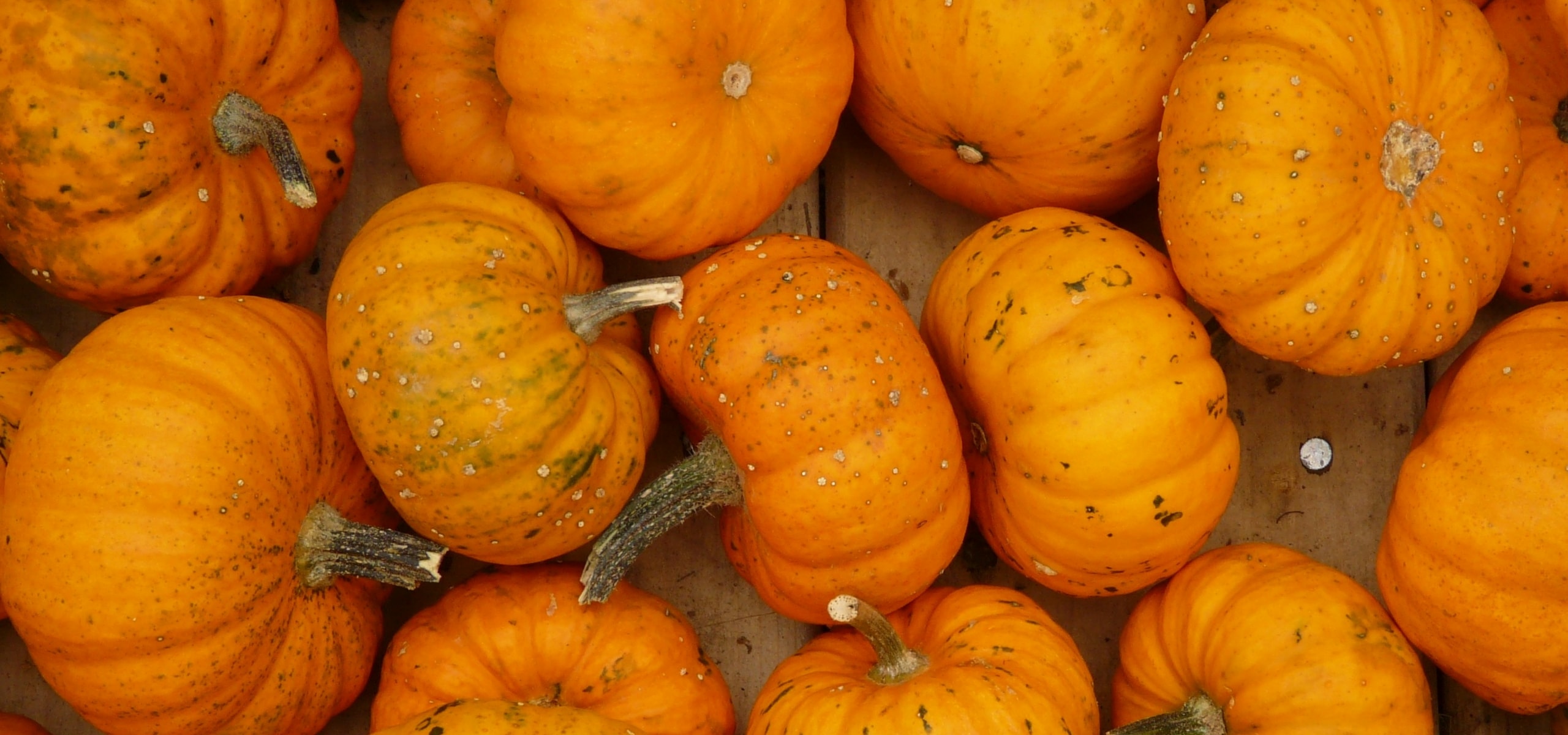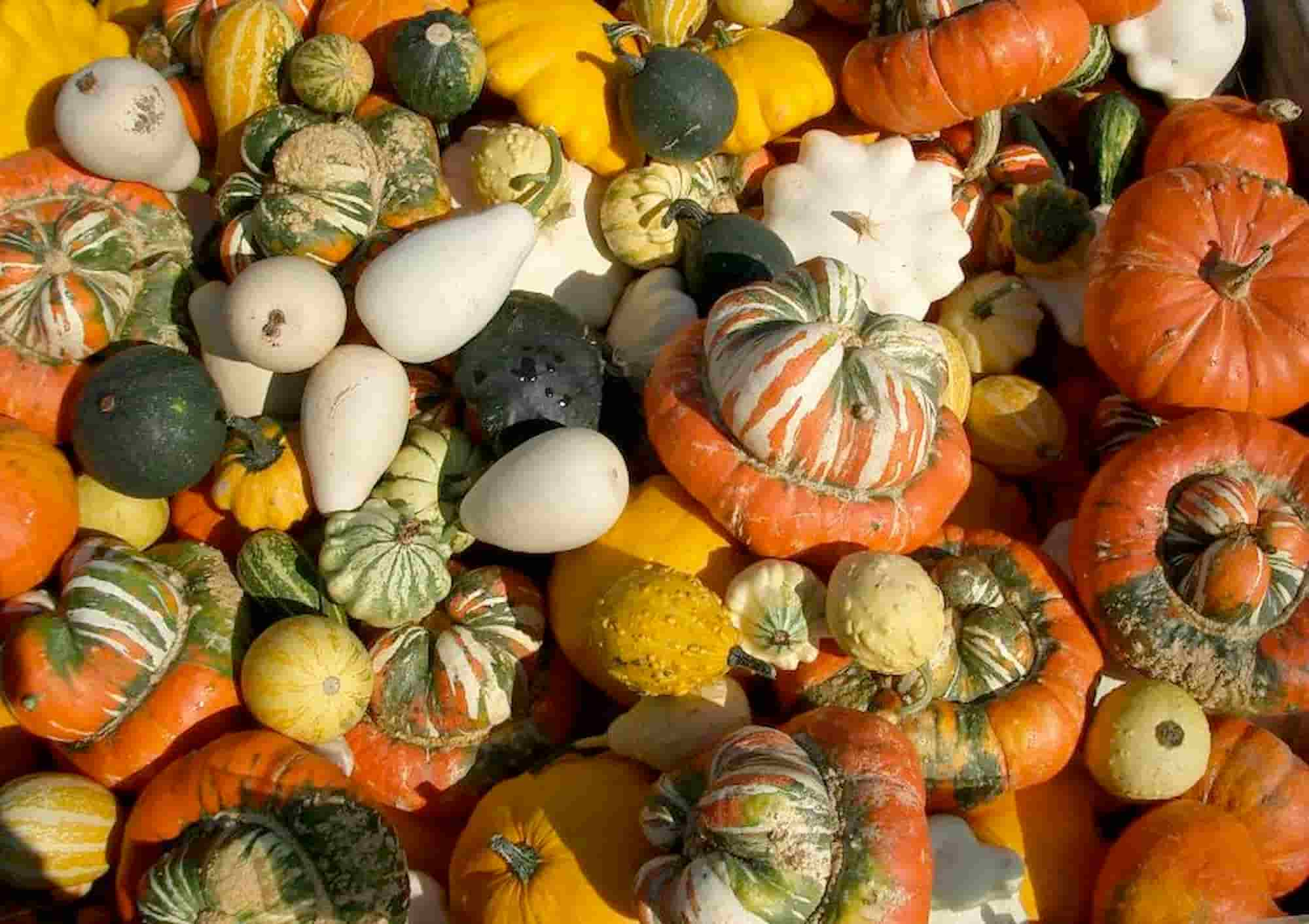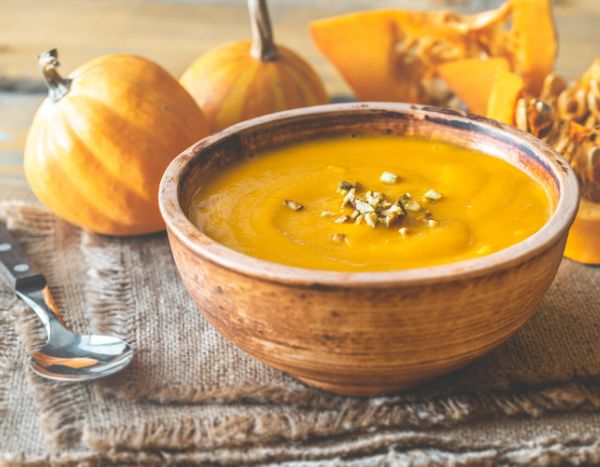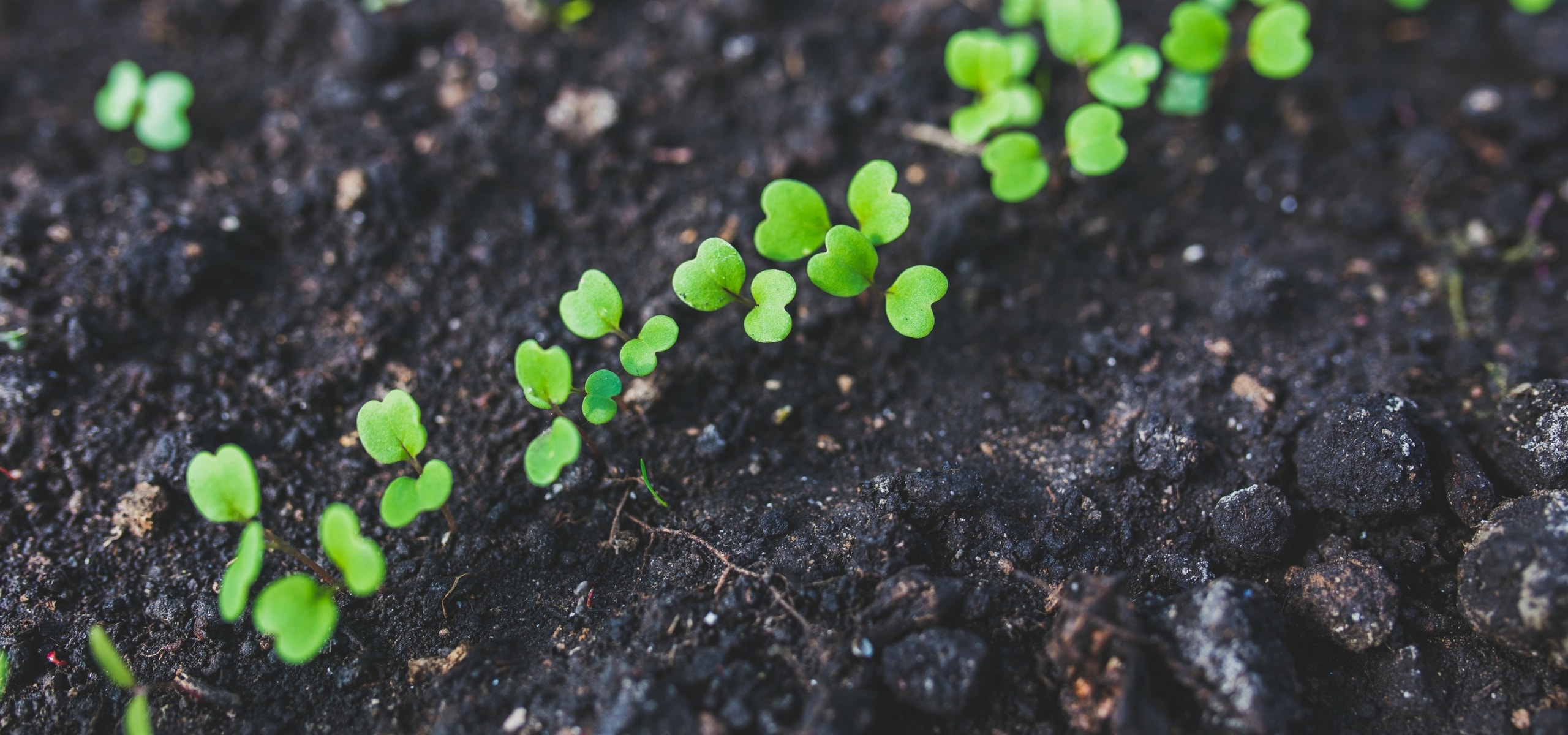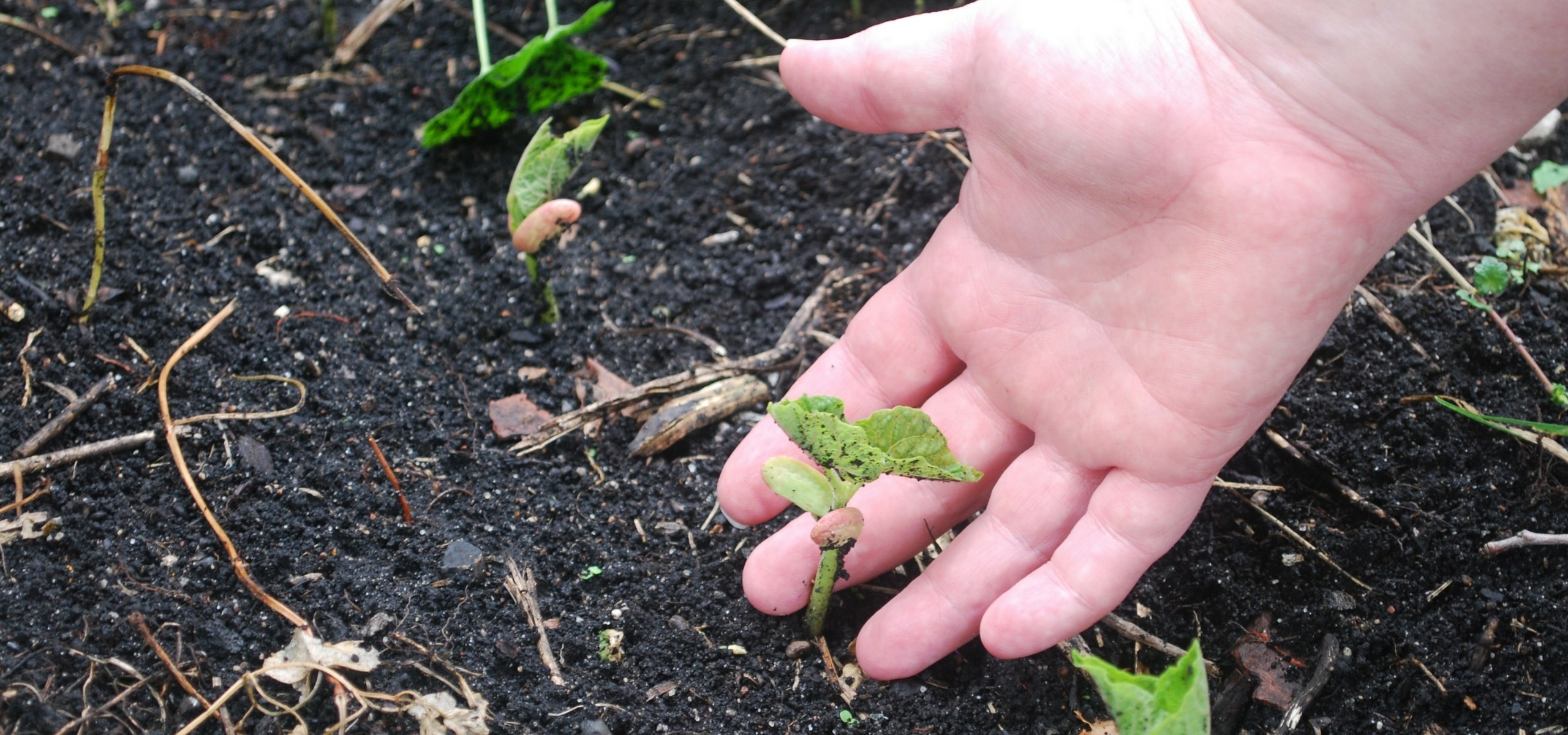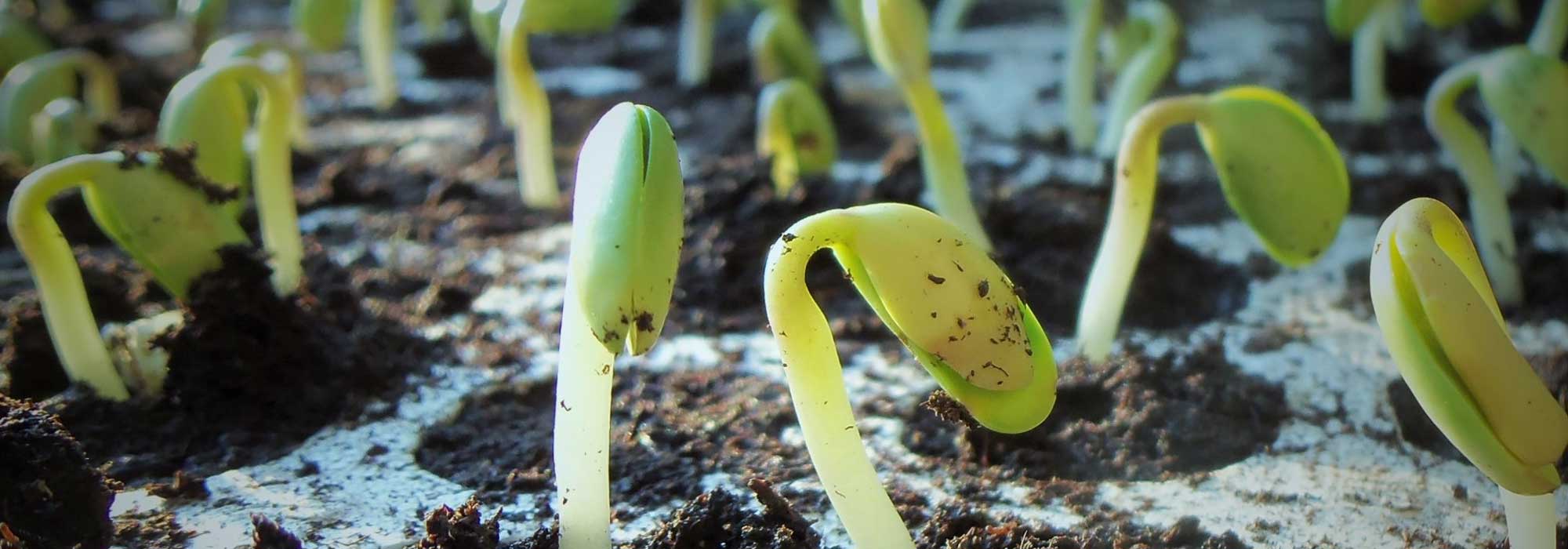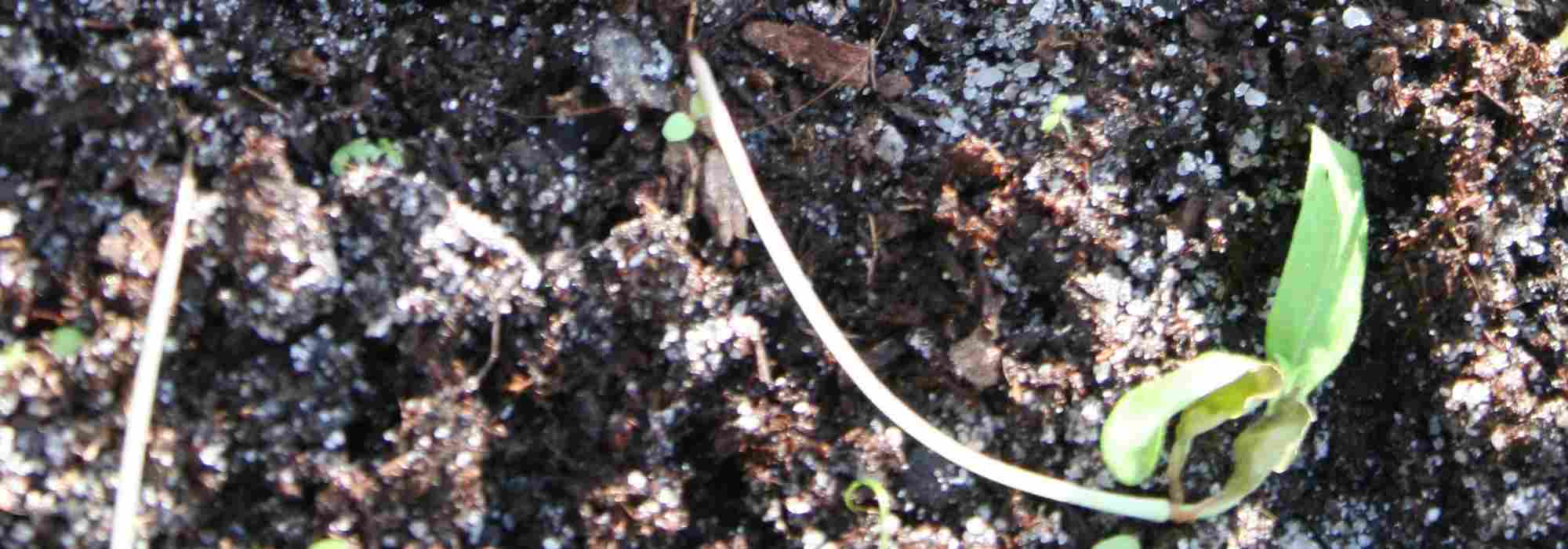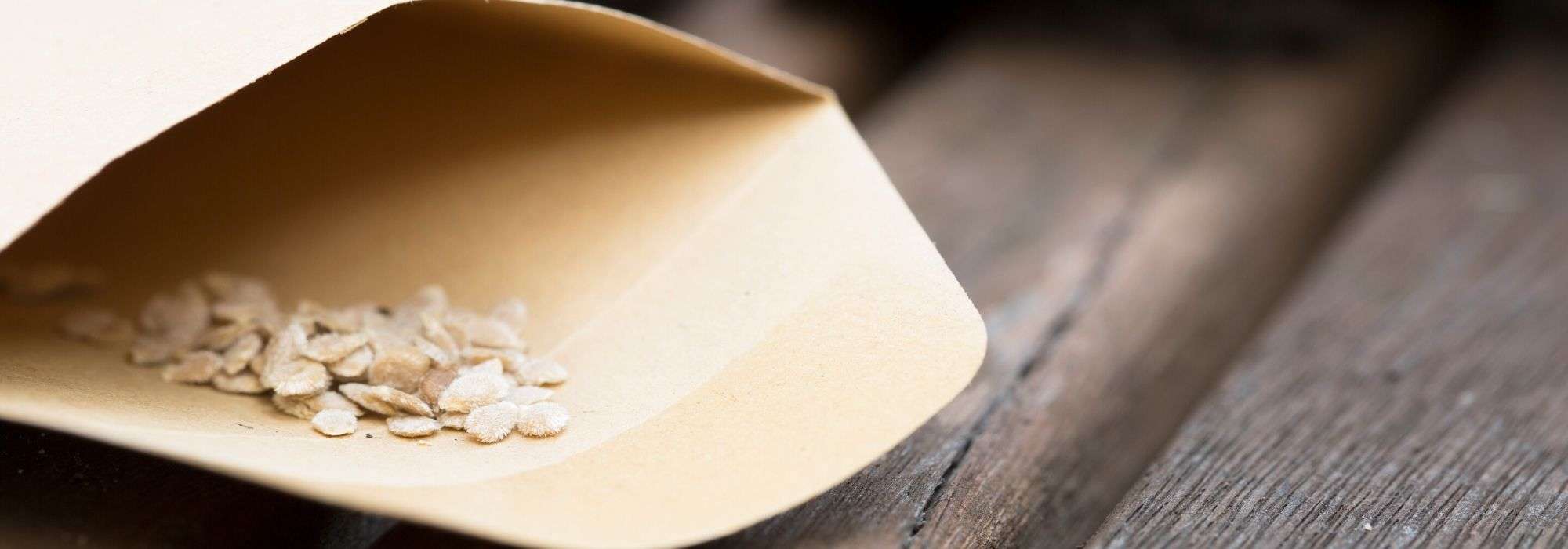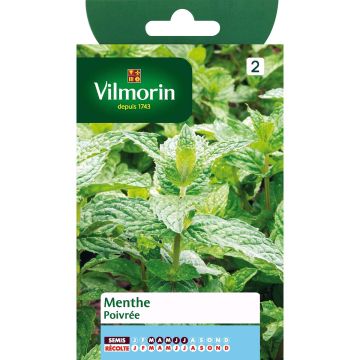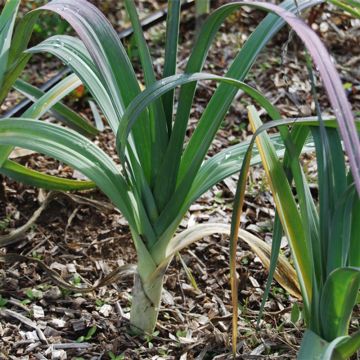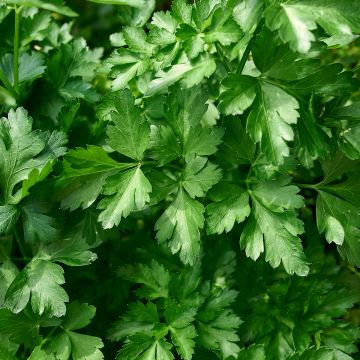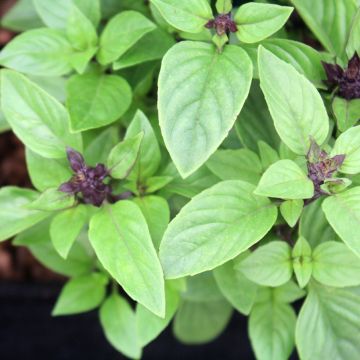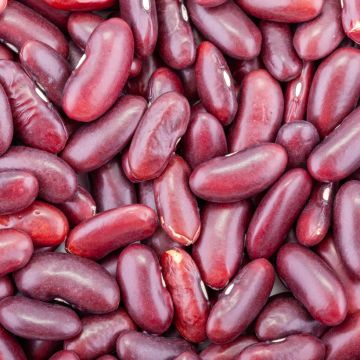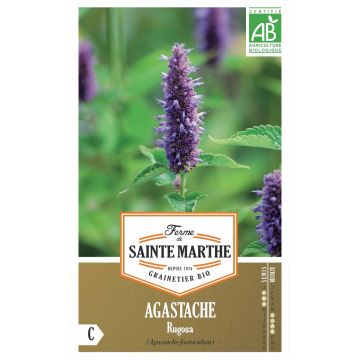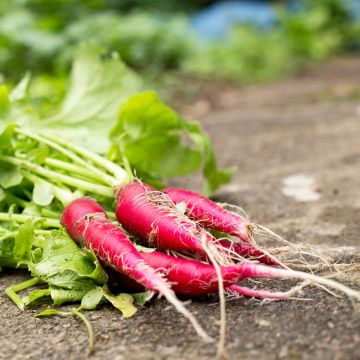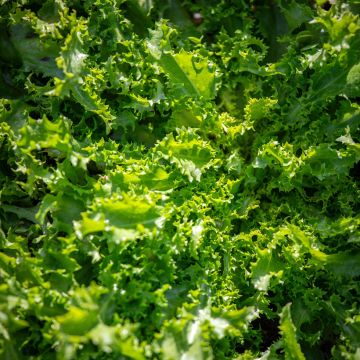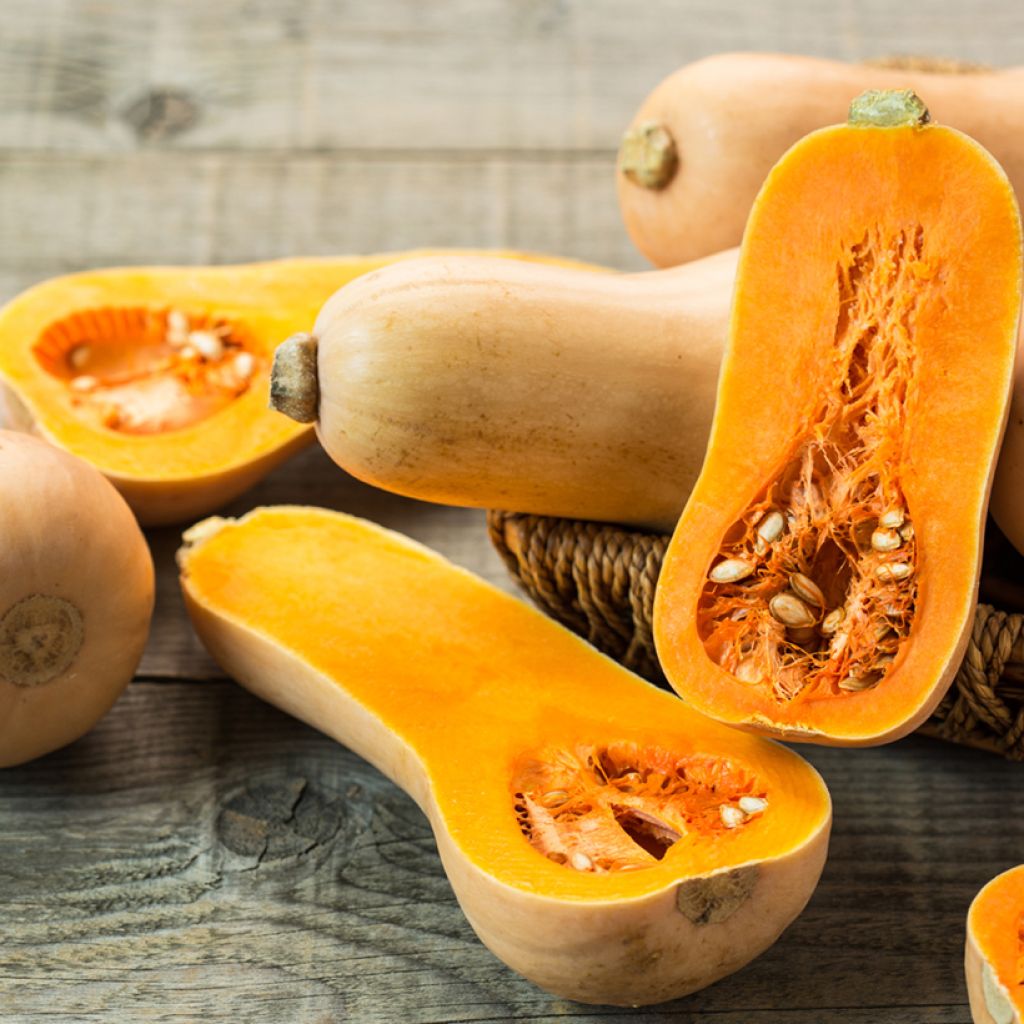

Butternut Squash organic seeds
Butternut Squash organic seeds
Cucurbita moschata Butternut
Winter Squash
Special offer!
Receive a €20 voucher for any order over €90 (excluding delivery costs, credit notes, and plastic-free options)!
1- Add your favorite plants to your cart.
2- Once you have reached €90, confirm your order (you can even choose the delivery date!).
3- As soon as your order is shipped, you will receive an email containing your voucher code, valid for 3 months (90 days).
Your voucher is unique and can only be used once, for any order with a minimum value of €20, excluding delivery costs.
Can be combined with other current offers, non-divisible and non-refundable.
Home or relay delivery (depending on size and destination)
Schedule delivery date,
and select date in basket
This plant carries a 6 months recovery warranty
More information
We guarantee the quality of our plants for a full growing cycle, and will replace at our expense any plant that fails to recover under normal climatic and planting conditions.
Description
The Butternut Squash is a trailing variety originating from the United States, developed in the 1940s by Charles Leggett, a farmer from Massachusetts. It stands out with its pear-shaped fruits, beige skin, and light yellow, fine, and melting flesh. Its delicately musky flavour appeals to both raw food enthusiasts and cooked dish lovers. It is versatile and can be consumed raw in salads, grated, or cooked in veloutés, soufflés, gratins, fries, and many other recipes.
This 'Butternut' squash with a generous yield produces between 4 and 7 fruits per plant, each weighing from 1.5 to 3 kg. Sow from April to June, directly in open ground or under shelter depending on the climatic conditions. Harvest from September to October, when the fruits have reached full ripeness and the stalk starts to dry out. Suited for sunny vegetable gardens, the 'Butternut' combines aesthetics and flavour: it is a must-have for the kitchen garden and cooking.
Squashes, whether orange, green, red, yellow, black, or even blue, smooth, ribbed, or warty, offer an incredible diversity of shapes, colours, and sizes. This variability is explained by their great ease of hybridisation, which has given rise to a multitude of varieties. The term winter squashes refers to pumpkins, potimarrons and other varieties with tough skin and delicately sweet flesh.
Originally from America and introduced to Europe in the 16th century, squashes belong to the cucurbitaceae family. These plants, often trailing, cling to supports thanks to their tendrils. Female flowers, recognisable by their ovary beneath the corolla, differ from male flowers, often harvested after pollination to be consumed stuffed or in fritters. Low in calories, squashes are rich in provitamin A, B vitamins, and minerals. They can be consumed sautéed, fried, in gratins, soups, or stuffed, and their sweet flesh lends itself to many culinary preparations.
For harvesting, squashes should be picked when ripe, unless there is a risk of rot. They can finish ripening indoors if necessary. Winter squashes, with their thick skin, can be stored for several months in a dry, warm place, without the need for dark storage. Their round and decorative silhouette can even enhance a kitchen corner.
To protect the fruits from moisture, it is advisable to place a tile or slate under each squash. These plants appreciate slightly moist soils, so it is wise to mulch around the plants, especially in summer. Finally, to prevent powdery mildew, a common fungal disease, it is important to avoid watering the leaves. In terms of vegetable garden associations, squashes pair well with Alliums like chives or onions, as well as with legumes like beans or peas. However, it is best not to grow them near cucumbers, as these two crops can interfere with each other.
Organic or "AB" seeds come from plants grown in organic agriculture (without the use of phytosanitary products). They undergo no treatment after harvest. These seeds are suitable for organic market gardening.
Harvest
Plant habit
Foliage
Botanical data
Cucurbita
moschata
Butternut
Cucurbitaceae
Winter Squash
Cultivar or hybrid
Annual
Other Squash, Courgette and Pumpkin seeds
View all →Planting and care
Sowing Description: sowing 'Butternut' squash seeds is very rewarding both for the speed at which the young plants emerge and for the ease of cultivation. They require well-drained soil rich in organic matter. They also need plenty of sunlight and water for beautiful fruits.
Early Cultivation: In March and April, sow your seeds in groups of two or three in trays or pots with soil rich in organic matter. Lightly cover them and then water to maintain a slight moisture. Germination is quite fast: after about ten days, thin out by selecting the strongest plants, then transplant them into previously tilled soil. Each plant requires a lot of space. If possible, space them 1 m apart. Dig holes 20 to 25 cm in all directions and fill them two-thirds with compost. Position the young plant and refill with soil, then tamp down vigorously.
Seasonal Cultivation: Once all risk of frost has passed, typically at the end of April or in May depending on the region, sow groups of two to three seeds in place at a depth of 2/3 cm. Lightly tamp down, then wait about ten days for the first shoots to appear. When they reach a few centimetres, thin out, keeping only the strongest plants.
Squashes are harvested in autumn. A simple method to determine the right time for harvest is to observe the stalk. If it is completely dry and the fruit is ready to detach on its own, then the moment has come.
Seedlings
Care
Intended location
Planting & care advice
This item has not been reviewed yet - be the first to leave a review about it.
Similar products
Haven't found what you were looking for?
Hardiness is the lowest winter temperature a plant can endure without suffering serious damage or even dying. However, hardiness is affected by location (a sheltered area, such as a patio), protection (winter cover) and soil type (hardiness is improved by well-drained soil).

Photo Sharing Terms & Conditions
In order to encourage gardeners to interact and share their experiences, Promesse de fleurs offers various media enabling content to be uploaded onto its Site - in particular via the ‘Photo sharing’ module.
The User agrees to refrain from:
- Posting any content that is illegal, prejudicial, insulting, racist, inciteful to hatred, revisionist, contrary to public decency, that infringes on privacy or on the privacy rights of third parties, in particular the publicity rights of persons and goods, intellectual property rights, or the right to privacy.
- Submitting content on behalf of a third party;
- Impersonate the identity of a third party and/or publish any personal information about a third party;
In general, the User undertakes to refrain from any unethical behaviour.
All Content (in particular text, comments, files, images, photos, videos, creative works, etc.), which may be subject to property or intellectual property rights, image or other private rights, shall remain the property of the User, subject to the limited rights granted by the terms of the licence granted by Promesse de fleurs as stated below. Users are at liberty to publish or not to publish such Content on the Site, notably via the ‘Photo Sharing’ facility, and accept that this Content shall be made public and freely accessible, notably on the Internet.
Users further acknowledge, undertake to have ,and guarantee that they hold all necessary rights and permissions to publish such material on the Site, in particular with regard to the legislation in force pertaining to any privacy, property, intellectual property, image, or contractual rights, or rights of any other nature. By publishing such Content on the Site, Users acknowledge accepting full liability as publishers of the Content within the meaning of the law, and grant Promesse de fleurs, free of charge, an inclusive, worldwide licence for the said Content for the entire duration of its publication, including all reproduction, representation, up/downloading, displaying, performing, transmission, and storage rights.
Users also grant permission for their name to be linked to the Content and accept that this link may not always be made available.
By engaging in posting material, Users consent to their Content becoming automatically accessible on the Internet, in particular on other sites and/or blogs and/or web pages of the Promesse de fleurs site, including in particular social pages and the Promesse de fleurs catalogue.
Users may secure the removal of entrusted content free of charge by issuing a simple request via our contact form.
The flowering period indicated on our website applies to countries and regions located in USDA zone 8 (France, the United Kingdom, Ireland, the Netherlands, etc.)
It will vary according to where you live:
- In zones 9 to 10 (Italy, Spain, Greece, etc.), flowering will occur about 2 to 4 weeks earlier.
- In zones 6 to 7 (Germany, Poland, Slovenia, and lower mountainous regions), flowering will be delayed by 2 to 3 weeks.
- In zone 5 (Central Europe, Scandinavia), blooming will be delayed by 3 to 5 weeks.
In temperate climates, pruning of spring-flowering shrubs (forsythia, spireas, etc.) should be done just after flowering.
Pruning of summer-flowering shrubs (Indian Lilac, Perovskia, etc.) can be done in winter or spring.
In cold regions as well as with frost-sensitive plants, avoid pruning too early when severe frosts may still occur.
The planting period indicated on our website applies to countries and regions located in USDA zone 8 (France, United Kingdom, Ireland, Netherlands).
It will vary according to where you live:
- In Mediterranean zones (Marseille, Madrid, Milan, etc.), autumn and winter are the best planting periods.
- In continental zones (Strasbourg, Munich, Vienna, etc.), delay planting by 2 to 3 weeks in spring and bring it forward by 2 to 4 weeks in autumn.
- In mountainous regions (the Alps, Pyrenees, Carpathians, etc.), it is best to plant in late spring (May-June) or late summer (August-September).
The harvesting period indicated on our website applies to countries and regions in USDA zone 8 (France, England, Ireland, the Netherlands).
In colder areas (Scandinavia, Poland, Austria...) fruit and vegetable harvests are likely to be delayed by 3-4 weeks.
In warmer areas (Italy, Spain, Greece, etc.), harvesting will probably take place earlier, depending on weather conditions.
The sowing periods indicated on our website apply to countries and regions within USDA Zone 8 (France, UK, Ireland, Netherlands).
In colder areas (Scandinavia, Poland, Austria...), delay any outdoor sowing by 3-4 weeks, or sow under glass.
In warmer climes (Italy, Spain, Greece, etc.), bring outdoor sowing forward by a few weeks.






























